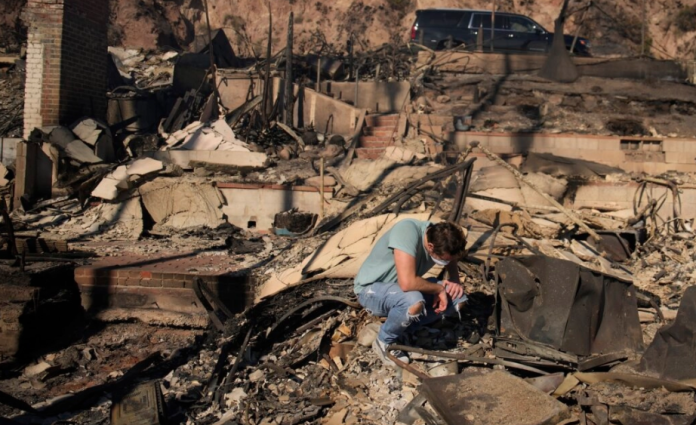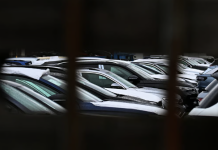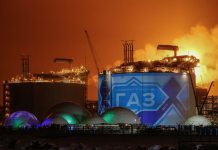Major U.S. banks, alongside mortgage giants Fannie Mae and Freddie Mac, are providing disaster relief and flexible mortgage repayment options to those impacted by the wildfires in Southern California that have left thousands of homeowners grappling with destruction and uncertainty.
One of the country’s biggest banks Chase Home Lending, a subsidiary of JPMorgan Chase, has announced a disaster forbearance program for its mortgage customers impacted by the wildfires.
“Our thoughts are with everyone impacted by the devastating wildfires in Southern California, and the heroic first responders working to contain them,” a JPMorgan Chase spokesperson told The Epoch Times in an emailed statement. “Chase Home Lending is supporting mortgage customers affected by the wildfires by offering disaster forbearance.”
This initiative allows affected homeowners to temporarily pause or reduce their loan payments without penalty. It offers an initial 3-month payment pause, extendable up to 12 months. Requests are reviewed within two business days, activating protections like fee waivers, foreclosure prevention, and no credit impact.
Bank of America has also rolled out a relief program, which features tailored mortgage forbearance options to address individual customer needs.
“We are committed to supporting homeowners, renters, and communities in need during this challenging time,” Cyndi Danko, senior vice president at Fannie Mae, said in a statement. “If homeowners have been impacted by the fires, we encourage them to call their mortgage servicer for assistance as soon as possible.”
“Once out of harm’s way, we encourage homeowners in these affected areas to contact their mortgage servicer to learn about relief options,“ Mike Reynolds, Freddie Mac Single-Family Vice President, said in a statement. ”Freddie Mac and our partners stand ready to provide immediate assistance and aid in the recovery of families and individuals.”
At least 24 people are confirmed to have been killed in the fires as of Jan. 13. Authorities expect the death toll to increase as cadaver dogs search through flattened neighborhoods and crews assess the extent of the destruction.
Forecasters have warned that strong winds are likely to return to the Los Angeles area, with the potential to fan smoldering fires. Officials have urged residents to stay out of the affected areas, as dangerous conditions remain.






















